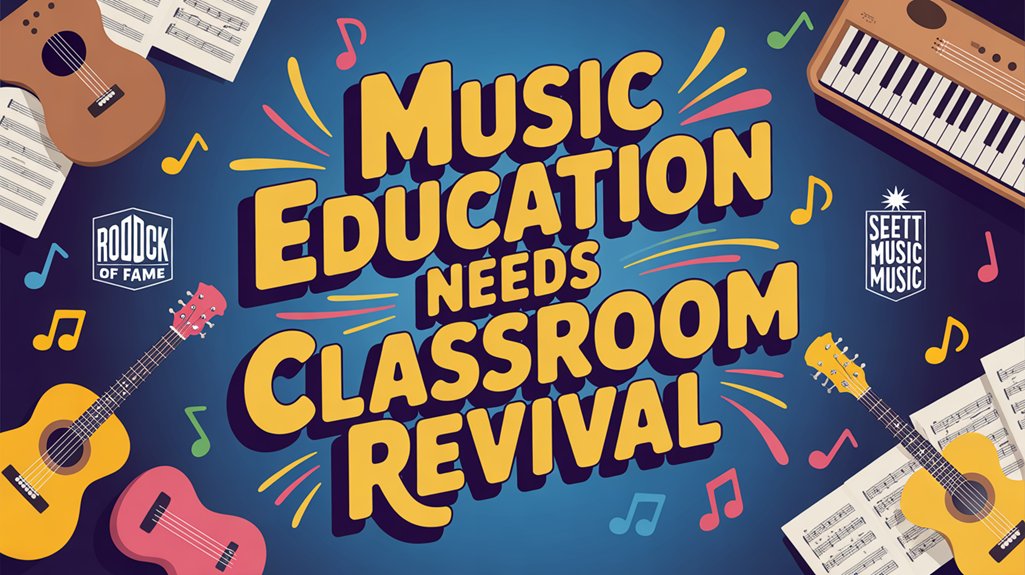While the majority of American students have some access to music education, a troubling disparity remains that affects millions of children nationwide, particularly those in underserved communities. Recent data shows that despite 92% of public school students having some form of music education available, over 3.6 million students completely lack access to music programs, and more than 2 million have no arts education whatsoever.
This gap in educational opportunity follows clear demographic patterns. Students without music education are concentrated in urban and deeply rural schools with mainly Black, Hispanic, and Native American populations. Schools serving higher percentages of students eligible for free or reduced-price meals consistently face greater barriers to providing thorough music education, highlighting a troubling correlation between economic disadvantage and limited access to arts curriculum. A comprehensive study representing 36% of the total U.S. public school student population confirms these disparities across 17 states.
The significance of this disparity extends far beyond missing out on learning instruments or singing in choir. Neurobiological research confirms that music learning positively impacts brain development across the lifespan, with students who receive music education demonstrating improved standardized test scores, enhanced memory skills, and better executive functioning. The Every Student Succeeds Act officially recognizes music as part of a well-rounded education for all students.
Additionally, 85% of students in music programs report forming strong social bonds through participation, creating emotional resilience that serves them throughout their academic careers. For aspiring young composers, this education gap also limits understanding of music rights management, which is essential for those who wish to protect and monetize their creative works in the future.
A critical shortage of qualified music teachers compounds these challenges, with 32 states reporting insufficient numbers of music educators. The projected shortage of approximately 200,000 music teachers threatens the sustainability of existing programs and makes expansion to underserved areas increasingly difficult. Implementing structured routines for music education could provide a framework to maximize learning despite limited resources and instructional time.
The disparity in access to music education represents more than an extracurricular inequality—it reflects systemic inequities linked to race, socioeconomic status, and geography. As education leaders work to address these gaps, recruitment of diverse music educators and targeted funding for urban, rural, and charter schools remain essential priorities.
Without decisive action, millions of American students will continue to miss out on the academic, cognitive, and social-emotional benefits that quality music education provides.




